The inferior turbinates are small structures located inside the nose, essential for proper respiratory function. Although often unnoticed, they play a crucial role in the quality of breathing by warming, filtering, and humidifying the air we inhale. When their function is disrupted, symptoms can arise that affect breathing and overall quality of life.
Anatomy and Function of the Inferior Turbinates
Inferior turbinates are bony projections covered by soft tissue and mucosa, located on the lateral walls of each nostril. There are three types of nasal turbinates (superior, middle, and inferior), with the inferior turbinates being the largest and most important in controlling airflow.
Main Functions:
Air Warming: Inhaled cold air passes over the turbinates, where it is warmed before reaching the lungs.
Humidification: Turbinates help maintain the moisture of inhaled air, protecting the airways from dryness and irritation.
Filtration: Dust, pollutants, and microorganisms are trapped in the mucosa, preventing them from entering the lower respiratory tract.
Common Problems with the Inferior Turbinates
Although vital for healthy breathing, the inferior turbinates can sometimes cause issues affecting respiratory comfort:
Turbinate Hypertrophy: Enlargement of the turbinates can obstruct airflow, causing persistent nasal congestion. Causes include:
Allergic Rhinitis: Chronic inflammation due to allergens
Repeated Infections: Sinusitis or other respiratory infections
Exposure to Irritants: Smoke, dust, or pollution
Vasomotor Rhinitis: Exaggerated response to temperature changes, strong smells, or stress, leading to nasal congestion
Deviated Nasal Septum: A septum deviation can press on the turbinates, causing breathing discomfort
Symptoms Associated with Inferior Turbinate Problems:
Nasal congestion, even without a cold
Difficulty breathing through the nose
Dryness or irritation
Snoring or sleep disturbances due to obstruction
Headaches or facial pressure in cases of severe congestion
Diagnosis
Problems with the inferior turbinates are diagnosed by an ENT specialist through a clinical examination and often rhinoscopy (direct visualization of the inside of the nose using a small camera). In more complex cases, a CT scan may be needed to assess the extent of obstruction.
Treatment
Treatment depends on symptom severity and underlying causes:
Medication:
Nasal Corticosteroid Sprays: Reduce inflammation and turbinate swelling
Decongestants: Provide temporary relief but should be used sparingly to avoid rebound congestion
Antihistamines: Control allergic symptoms
Surgery (Turbinoplasty): When medication is insufficient, surgery may be recommended. Techniques include:
Turbinate Reduction: Using laser, radiofrequency, or partial tissue removal to clear nasal passages
Septum Correction: If a deviated septum is present, correcting it can improve breathing
Daily Care for Inferior Turbinates:
Regular Nasal Hygiene: Saline rinses help keep turbinates clean and free of irritants
Avoid Irritants: Smoke, pollution, and dust can worsen inflammation
Manage Allergies: Proper allergy medication can prevent flare-ups and improve breathing
In summary, the inferior turbinates are essential for healthy breathing but can be affected by various conditions that obstruct airflow. Persistent nasal congestion or difficulty breathing warrants medical advice. Early diagnosis and appropriate treatment can significantly improve quality of life and restore comfortable breathing.


